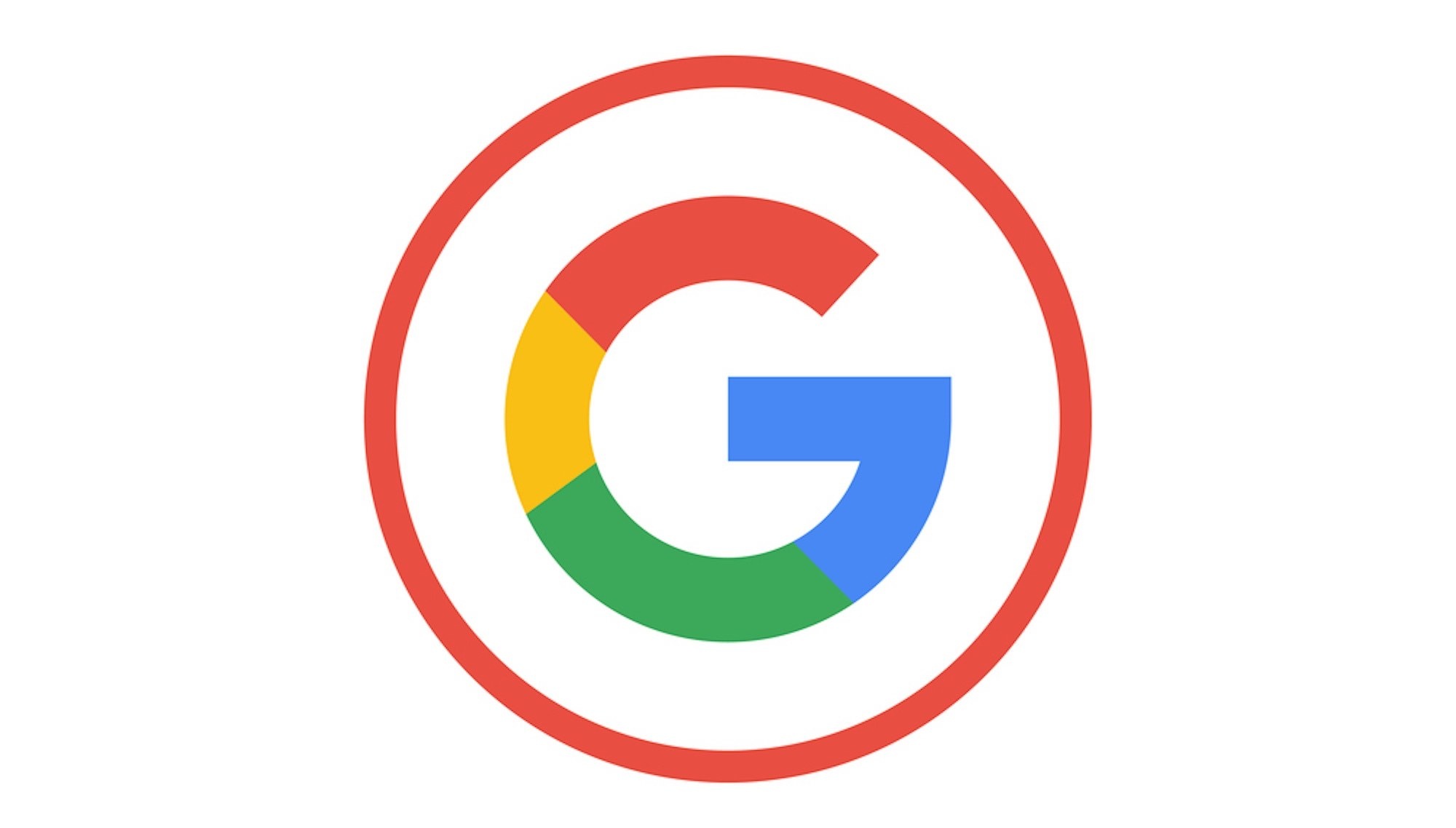Setting up Google Ads is easy to do, but hard to get right. Whether you have done it yourself or delegated to someone in house or at an agency, here are 5 things you should look at to tell if you are on the right track.
Do you have any conversion?
Setting up the right marketing analytics is an essential foundational step for any marketing campaign, but nowhere is missing this step more costly than with setting up marketing on Google or any other paid advertising platform. Google lets you set up conversion tracking which allows you to see if users are interacting how you’d like them to on your site. Since you choose the conversions you’d like to track, they will vary from campaign to campaign, but they could include tracking on sales, phone calls, contact form submissions, chat sessions, or downloads.
To see if you have any conversions, click the Campaigns menu from the left and look for the column with the header Conversions. If you don’t see it, click Columns, Modify Columns, Conversions, check the box next to Conversions and click Apply. If all you see are zeros in the Conversions column, it means conversions weren’t set up or you haven’t had any conversions.
To see if Conversions are set up, clicks Tools and Settings from the top menu bar, and then Conversions under the Measurement heading. If you don’t see any, you need to set them up.
If you have conversions set up and you are sure they have been set up completely and correctly but you aren’t recording any conversions, your campaign isn’t working. If it’s just a few weeks into your campaign, this might be ok because it takes some time to calibrate your campaign, but if your campaign is over a month old, your campaign isn’t working and you’ll need to either troubleshoot it and try to improve the return or pause your spending.
Is the average cost per conversion reasonable?
The next thing to audit is your cost per conversion. What is a reasonable cost per conversion will depend on what you are selling and what you are tracking as a conversion. If you are selling a new construction home that costs $800,000, you will be able to afford a lot more than someone selling a retail product with a gross margin of $10. Further, different types of conversions have different values. It might be worth $8 to sell that $10 product if you have upselling opportunities and a cost per conversion of $8 for that sale would be OK, but you might feel uncomfortable spending that same $8 if someone subscribes to your mailing list.
To see if you your cost per conversion, click the Campaigns menu from the left and look for the column with the header Cost / conv. If you don’t see it, click Columns, Modify Columns, Conversions, check the box next to Cost / conv. and click Apply. If your cost per conversion is higher than you expect, drill down into individual Campaigns and Ad Groups to see if there are AdGroups or individual keywords that are generating conversions at a cost you’d expect. You can try to lower the cost per conversion by lowering your bids or pausing Campaigns, Ad Groups, or Keywords that have a cost per conversion that is too high.
Does the account structure make sense?
There are many acceptable ways to structure your account, but the main thing to remember is that Campaigns share a budget and targeting. Because of this, AdGroups should continue keywords that are very similar. Click on Campaigns and then click into individual AdGroups. Click Keywords, Search Keywords from the left menu. See if all the keywords have a similar theme. Click on Ads and Extensions and then Ads. Make sure the ads include the keywords and would make sense to anyone typing in a keyword. If they don’t or the keywords aren’t carefully grouped, your account structure needs to be updated.
Do at least some of the search keywords include symbols like +, “ “, or [ ]?
When you set up an AdGroup, you populate Search keywords to give Google a sense of what keywords you would like your ads to appear for. You can tell Google you only want to show up if someone types in exactly the keyword you are targeting. You can also enter keywords and let Google show you ad for a broad array of related keywords. In general, it’s not uncommon for Google to run a little wild and show your ad for keywords that aren’t that similar. That can happen when you set up your keywords as broad match, and they will look like this:
search term
To further control Google, you are better off using
+search +term (broad match modifier – only shows you for close variations of the keywords)
“search term” (phase match – only shows your ad if the search term used contains the phrase)
[search term] (exact match – only shows your ad if the search term is the exact phrase)
If you see only broad match or broad match modifier, the next steps are important.
Are the search terms what you expect?
First navigate to an individual AdGroup click and click Search Keywords, Search Terms.
Browse the keywords. If you see keywords that aren’t related to your offerings, you can clean this up by changing the keywords to a more restrictive match type or by adding negative keywords. Negative keywords let you designate keywords you do not want to show up for. You can click Negative Keyword under Search Keywords to see what negative keywords have already been set up and to add more negative keywords. You can also use the match types introduced above when adding negative keywords.
This audit only hits the tip of the iceberg of what you can control with Google Ads, but it’s simple and something anyone can do to see if the person or team managing Google Ads is on the right track.
Want a pro to audit your Google Ads? Contact us and we’ll refer you to someone who can help.



0 Comments